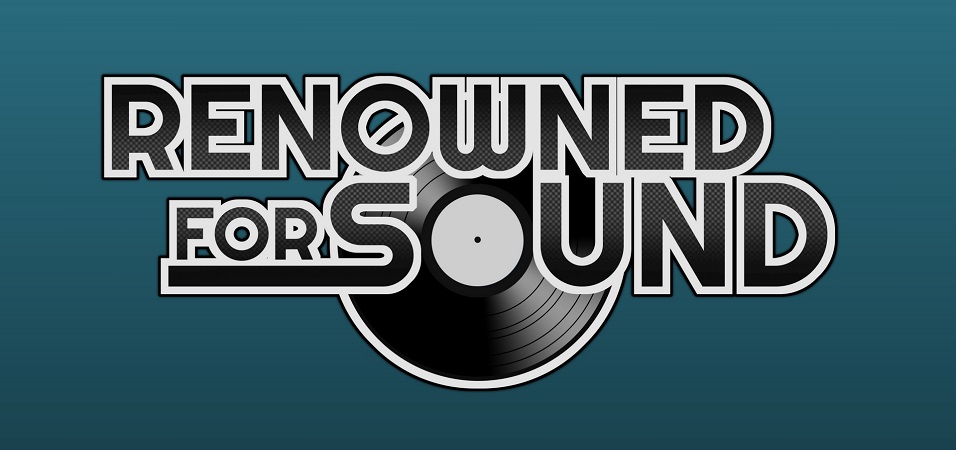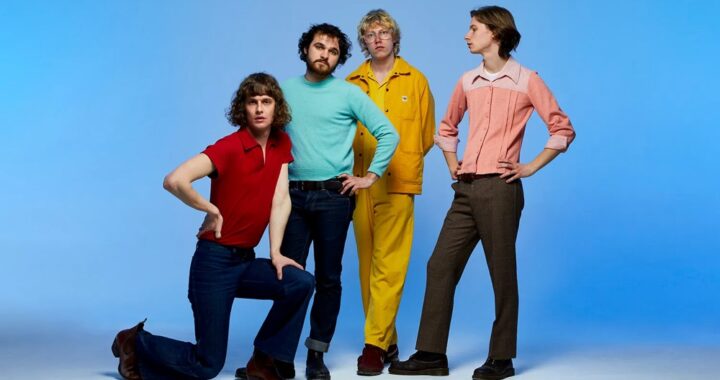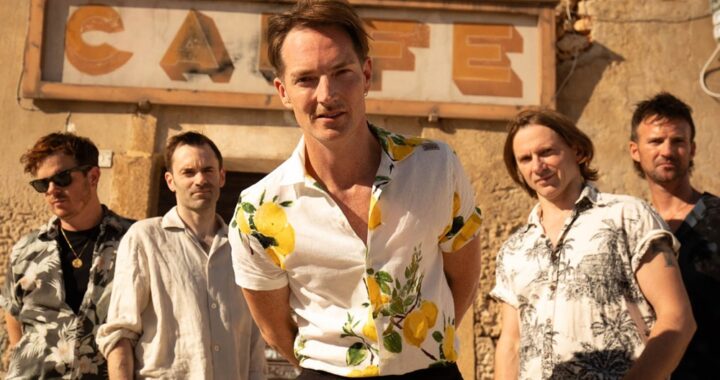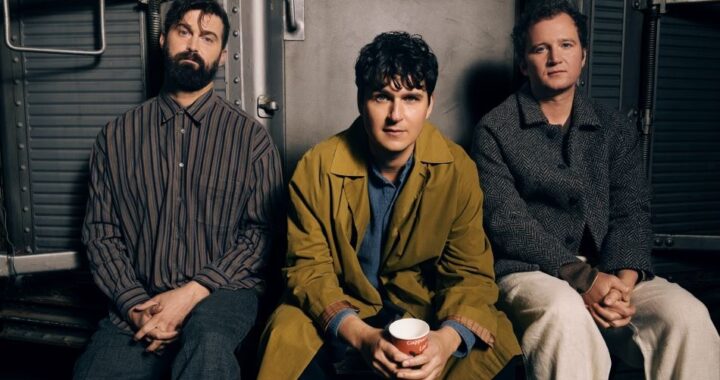Album Review: Róisín Murphy – Hairless Toys
3 min read
As a fan of Róisín Murphy since her 2007 sophomore album Overpowered, the wait for a follow-up has been hard. While she initially announced a follow-up album in 2008 and even released two singles from it, almost nothing was heard about the album after 2010. A slew of collaborations with DJs were released between 2010 and 2014, but none of them featured the spark of Murphy’s older music that caught my interest. Even as she announced a new album and released the first single, my expectations for the album were falling as I realised the album had changed directions completely. Needless to say, I was initially apprehensive about Hairless Toys.
 Instead of using the glitch dance-pop production of Overpowered and the following singles, Hairless Toys leans closer to her first solo album Ruby Blue, yet still sounds entirely unlike either of them. The sound varies between down-tempo electro, minimal house and jazz, the latter of which gives it the eclectic atmosphere of Ruby Blue while keeping the production clear of the unusual sound effects that dominated that album.
Instead of using the glitch dance-pop production of Overpowered and the following singles, Hairless Toys leans closer to her first solo album Ruby Blue, yet still sounds entirely unlike either of them. The sound varies between down-tempo electro, minimal house and jazz, the latter of which gives it the eclectic atmosphere of Ruby Blue while keeping the production clear of the unusual sound effects that dominated that album.
Making an album entirely mid-tempo and minimal can be a risky decision. It’s not always a successful decision here, but it’s one that helps Hairless Toys really shine when it gets it right. While the odd sounds and slow groove of the lead single Gone Fishing left much to be desired on the first listen, the album instantly redeems itself with Evil Eyes. The song’s mix of a sole bass guitar riff over a glitchy electronic backdrop in an upbeat minimal house style easily highlights the charm to be found in the album. While the song clocks in at over six minutes in length, as four of the eight songs on the album do, its charm doesn’t wear off halfway through and leave you wishing it was over.
This feeling is replicated again in Uninvited Guest, which lacks the bass guitar riff and house style but replaces it with varied ad-libbed vocalisations from both male and female singers behind Murphy’s normal singing, mixing with the odd jazz groove of the song to offer a variation on Evil Eyes that still meshes with it and improves on it at the same time. Even when the album goes into almost country-influenced jazz territory with Exile and truly down-tempo territory with the final two songs, they manage to fit in perfectly without dropping the quality of the album.
The only blemishes on the album appear in the form of Gone Fishing and Exploitation. While Gone Fishing is a case of it going for too long and going nowhere, Exploitation instead takes an interesting beat and goes with it for too long. Clocking in at almost ten minutes, the song starts to drag long before the halfway mark, solidifying it as an early misstep on the album and a moment that may turn off listeners in general. The fact that these appear early on the album means it ends on a better note than it starts, though, which means the album ends up leaving a better impression after you listen to it.
In the end, the album is a success. It’s both familiar territory and new ground for Murphy, and despite coming out as the exact opposite of what I both expected and wanted from her next album, my expectations were more than exceeded. The distinct charm present in all of Murphy’s older music is still present here, and the few low points in the early part of the album are quickly improved upon. Hairless Toys has more than earned its place in Róisín Murphy’s discography.



